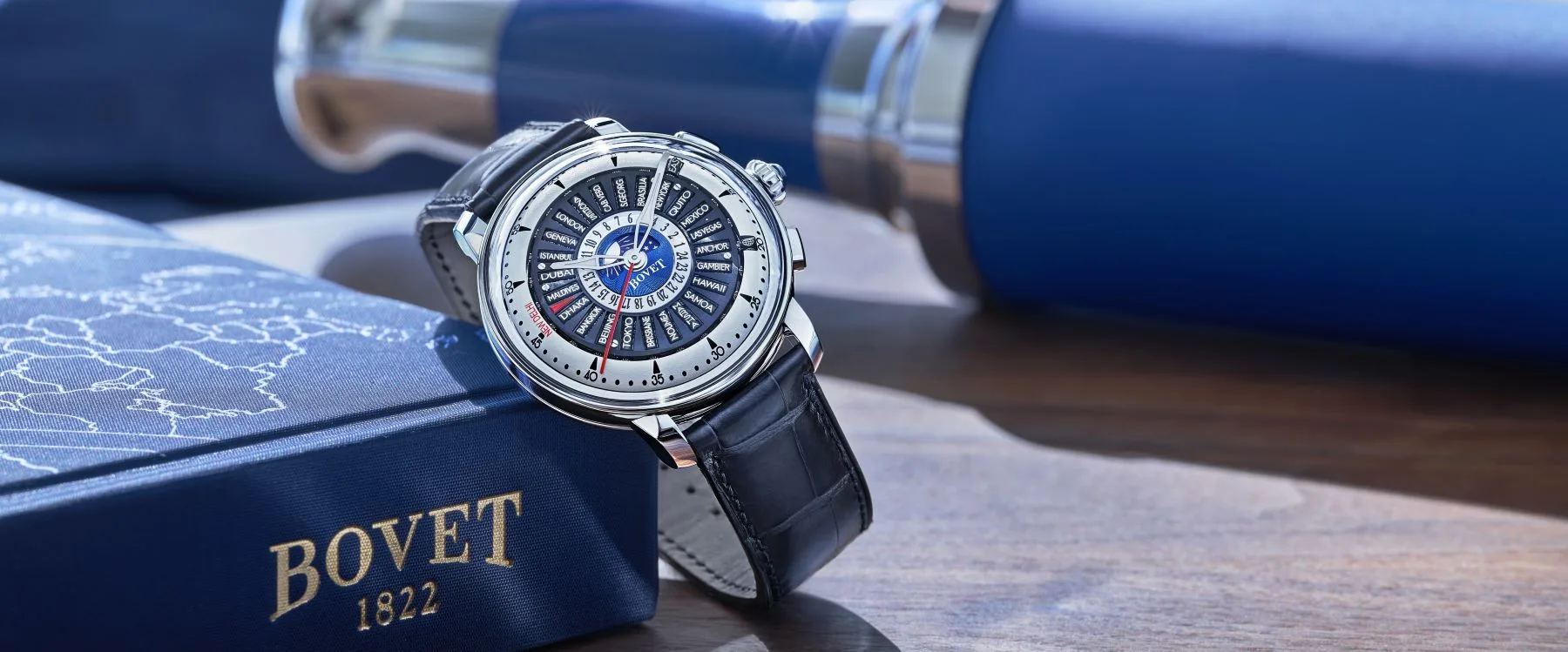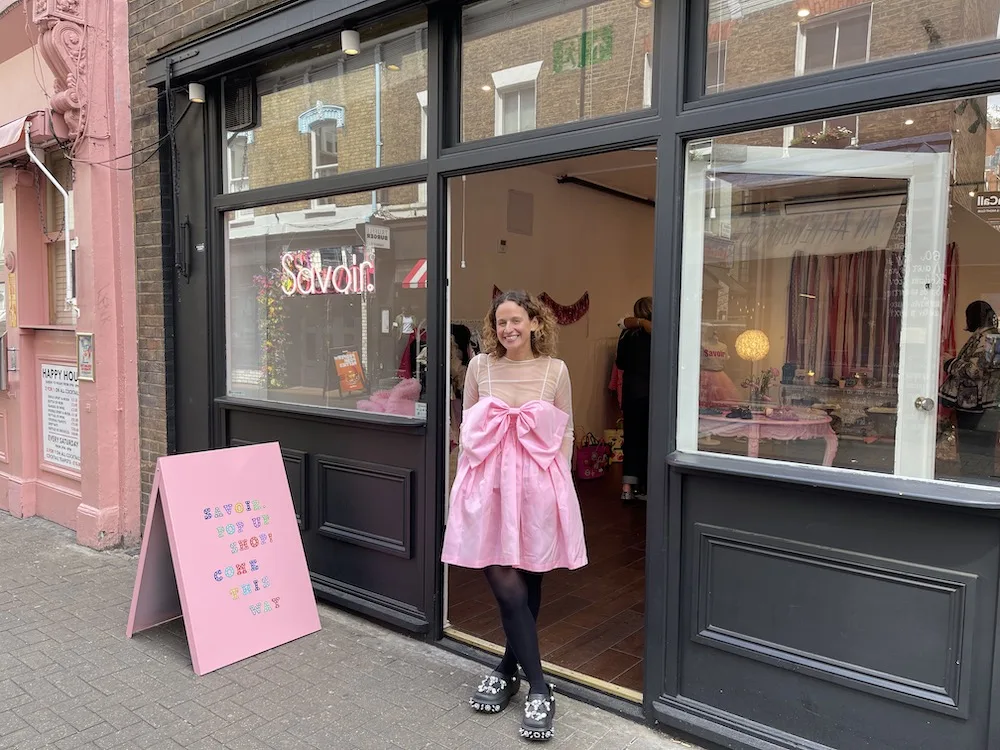Epicurean Journeys
The pleasure of slow living By Kamin Mohammadi
If you had told me 10 years ago that the holy grail of weight loss and healthy eating was made of pasta, red wine and gelato, I would have given you a quizzical look. But after years of battling with inexplicable weight gain, digestive illnesses and constant tiredness, having tried every diet, wellness fad and health craze going, when I washed up in Florence, this is exactly what I found.
The Tuscan diet, with plenty of fresh local salads and veg, excellent olive oil, unadulterated traditional bread and the odd glass of ruby-red Chianti succeeded where so many other regimens had failed. What’s more, the Italian lifestyle, with its slower pace and emphasis on beauty, transformed my outlook and habits. The glory of Florence burst through my depression and her beauty healed my burnt-out brain.
I moved to Florence quite by accident in 2008. My Florentine adventure started – as these things often do – with a chance meeting and an intriguing suggestion. This was swiftly followed by a quite unexpected redundancy from a high-flying and all-consuming job and some months later, I found myself queuing for a taxi outside Florence’s main train station with the address to a friend’s holiday apartment in my hand. For the first time in my adult life, I was without a fixed income or a home of my own, there on a one-way ticket. I felt like a piece of flotsam washed up in the Renaissance gutters.
Ten years later, I am still in Florence, married to the man I met at the end of my first year there. Quite by accident, the combination of the golden Tuscan light, the beauty of the Renaissance town, the voluble character of the people and, perhaps most of all, the colours and noises of the fruit and vegetable market healed me. My stress drained away, my depression was slowly burnt off by the beauty and the daily practices that I learnt from my neighbours – of walking slowly, of looking up to notice the beauty, of taking time to savour a coffee – and joy in the simple rituals and street-corner chats, transformed not just my body and my spirit, but also the shape of my heart.

What I learnt about living, eating and loving in Florence I call the Bella Figura method – a nod to the Italian philosophy of making everything as beautiful as it can be, just for its own sake. A sort of Mediterranean mind- fulness, it governs everything from how you walk down the street (with your head held high, not buried in a smartphone), to how you dress (with style rather than fashion), to how to manage your love life (with passion). It encompasses how to shop, and what to eat, as well as showing how you can stay as slim as Italian women (statistically one of the slimmest in Europe) while still enjoying a glass of red wine and scoop of gelato. Knowing and living by the Bella Figura method, it comes as no surprise to me that the Bloomberg Global Health Index recently put Italy at the top of its list of the world’s healthiest countries.
In my first weeks in Florence, the visits to my local fruit and veg market were the real revelation. There, I discovered a symphony of colour, noise and chaos which, after the monochrome tones of my life in London, felt like landing in a Technicolor movie set.
In the middle of the crush of the market, I drank in the colours, the smells, the loud chatter as stallholders bantered in sing-song Italian. The produce was local and I was instantly converted to the sensual pleasure in the feel, look and smell of a leaf of lettuce so newly out of the ground that it was still speckled with earth, or the beauty of a fat fennel with its aniseed scent. It had been years since I had felt that earthy connection with food, so busy had I been rushing about my life in London.
The first time I brought home a Florentine tomato from the market and sunshine exploded in my mouth, I fell giddily back in love with the simple pleasure of eating sun-filled, delicious produce. From the stallholders at the market I gathered simple recipes and suggestions for how to serve the produce; and the little rituals of preparing and cooking food for myself, Italian-style with lots of courses, fresh vegetables and olive oil, peppered my days, making eating a pleasure.

As the effects of fresh whole produce and long walks around town to drink in Florence’s beauties started to pay off and the stubborn weight fell off, my mood changed and confidence increased. Dates with delightful and dastardly Italian men took me around the cave-like traditional eateries of Florence and the country trattorias of Chianti. There I learnt the benefits of the Italian style of eating: many courses of small helpings of the freshest local ingredients which made eating a slow pleasure. It also gave the hormones responsible for regulating the appetite time to register when full, making overeating unlikely.
The combination of excellent produce, respect for culinary tradition and plenty of excellent olive oil made simple meals an epicurean delight. I studied the real Italian diet and was surprised by what I found out. I discovered that extra-virgin olive oil fights dangerous stomach fat and reduces risk of cardiovascular disease, diabetes and insulin sensitivity. I took it several times a day almost as medicine and noticed how my eyes shone, hair became glossy and my irritable digestion was soothed. My skin was plumper. As a dedicated lover of coffee, I was gratified to learn that real coffee made from good beans (without the frills and syrups) has more antioxidants than green tea, and the simple combination of pasta with home-made tomato sauce gives the exact right combination of good fats (from olive oil) and lycopene (from cooked/tinned tomatoes) to make it a superfood! Add adusting of Parmesan – the cheese with the highest calcium content, with hardly any lactose and full of linoleic acid which amps the metabolism – and you really need to invent a whole new category – uberfood? – to measure this simple dish’s goodness.
So here are a few tips on how to make the Bella Figura work for you, right where you are.
Do like Sophia Loren and drink excellent quality extra-virgin olive oil
Loren uses nothing else to cook with but also on her skin and on her hair; she even puts it in the bath. Scientists found that in just four weeks of replacing other fats with extra-virgin olive oil, both visceral and deep belly fat was reduced.
What and how to eat
Natural and wholefoods are key. Bella Figura is more about what we put into our bodies than what we don’t. We detox our cupboards instead of ourselves. The Italians take pleasure in their food and this is what we should aim for. Eating mindlessly in front of the computer or television gives not only less pleasure, but makes it much easier to overeat.
How to drink
A small glass of wine with dinner is the guide. A report suggests that women with six-figure salaries drink up to two-thirds more than the healthy limit. Remember that drinking to excess will pile on weight and stress out your skin as well as all the internal damage it is doing. In Tuscany, wine is thought of as a food and so only taken with a meal.
Festina Lente: in haste, slowness
There’s practically nothing that can’t be improved by slowing down – even climbing the stairs deliberately instead of running has been proven to lose you an extra pound a month. Consciously, at least once a week, contemplate beauty – be it a painting, an urban corner you love, a wide blue sky or the most exquisite shoes. Do this quietly and without any purpose other than your pleasure. When I first arrived in Florence and my unhappiness was palpable, I was advised to ‘let the beauty heal you’. I think it did. And if you follow the simple tips of Bella Figura, it will do the same for you.

Bella Figura, How to Live, Love and Eat the Italian Way is published
by Bloomsbury. From £9.99

















Show Comments +